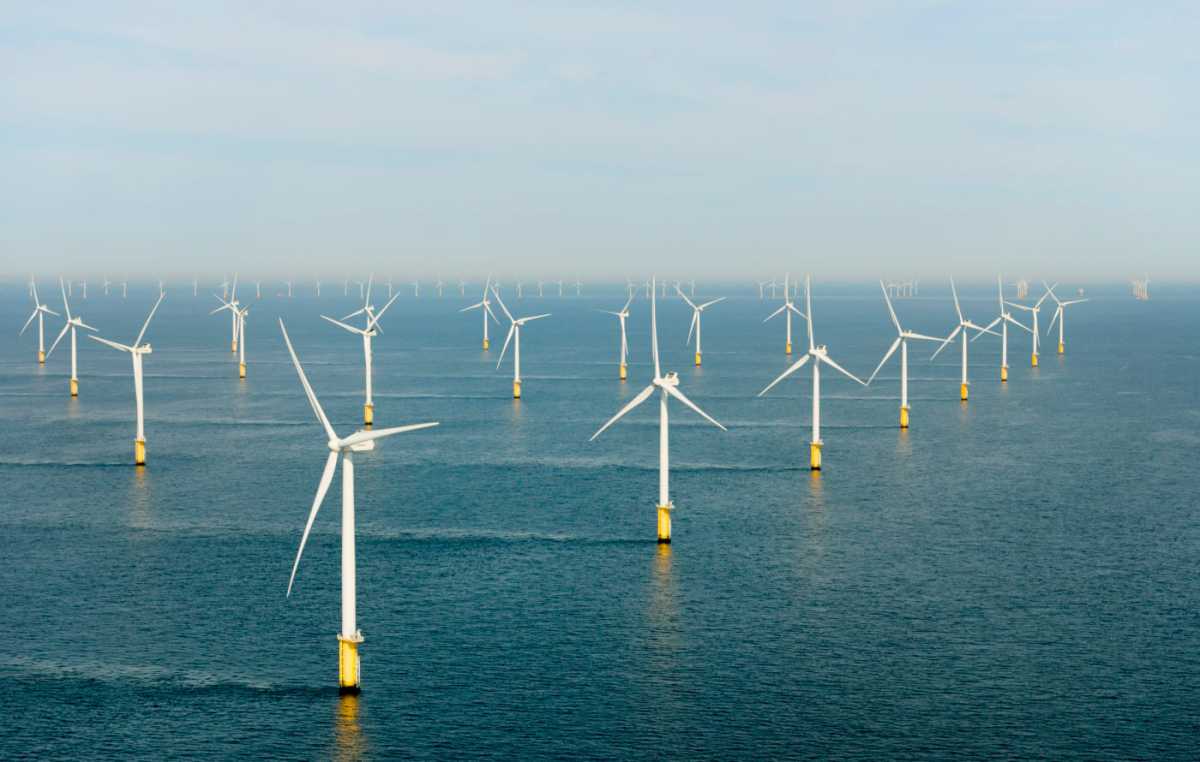News
DOE Study Finds Offshore Wind Transmission Network Vital for Atlantic Coast Growth

The U.S. Department of Energy (DOE) has unveiled significant findings from the Atlantic Offshore Wind Transmission Study, a comprehensive two-year project analyzing transmission options for offshore wind energy deployment along the Atlantic Coast. The study underpins the role of offshore wind in the low-carbon future of the East Coast, with insights suggesting that a strategic interregional offshore transmission network will be crucial for the long-term growth of Atlantic offshore wind.
The Atlantic Offshore Wind Transmission Study underscores the Biden-Harris Administration‘s commitment to reaching 30 gigawatts of offshore wind energy by 2030 and paving the way for 110 GW or more by 2050. U.S. Secretary of Energy Jennifer M. Granholm emphasized the potential for offshore wind to enhance grid reliability, reduce fossil fuel reliance, and create sustainable jobs.
Conducted by experts from the National Renewable Energy Laboratory and Lawrence Livermore National Laboratory, the study explores different scenarios for offshore transmission off the U.S. Atlantic coast, including costs, benefits, grid reliability, resilience, and potential cable routes. It provides an intricate multi-regional planning perspective, addressing gaps identified in previous studies.
The study confirms that offshore wind offers a unique opportunity to enhance the East Coast’s power system by connecting offshore wind platforms through offshore transmission networks. This efficient network could improve energy distribution, reduce grid congestion, enhance system reliability, lower curtailment rates, and cut fossil-fuel generation, yielding substantial cost benefits for consumers.
Identifying feasible transmission corridors considering ocean constraints such as military zones and shipping channels, the study suggests a phased approach to building offshore transmission and recommends early adoption of high-voltage direct current (HVDC) technology standards to support future network expansion.
Complementing the study, the Atlantic Offshore Wind Transmission Action Plan outlines immediate steps and extended efforts to connect the first wave of Atlantic offshore wind projects to the grid. By leveraging innovative research and collaboration, the plan aims to efficiently deliver clean, reliable offshore wind energy to communities along the Atlantic Coast.
Partially funded through the Inflation Reduction Act, the Action Plan emphasizes increased intra-regional coordination, shared transmission infrastructure, and an offshore network of HVDC interlinks to streamline the integration of renewable offshore wind energy into the onshore grid.
The DOE’s efforts in the Atlantic Offshore Wind Transmission Study and Action Plan signal a significant leap towards sustainable energy development and grid modernization in support of the Biden-Harris Administration’s clean energy goals.












